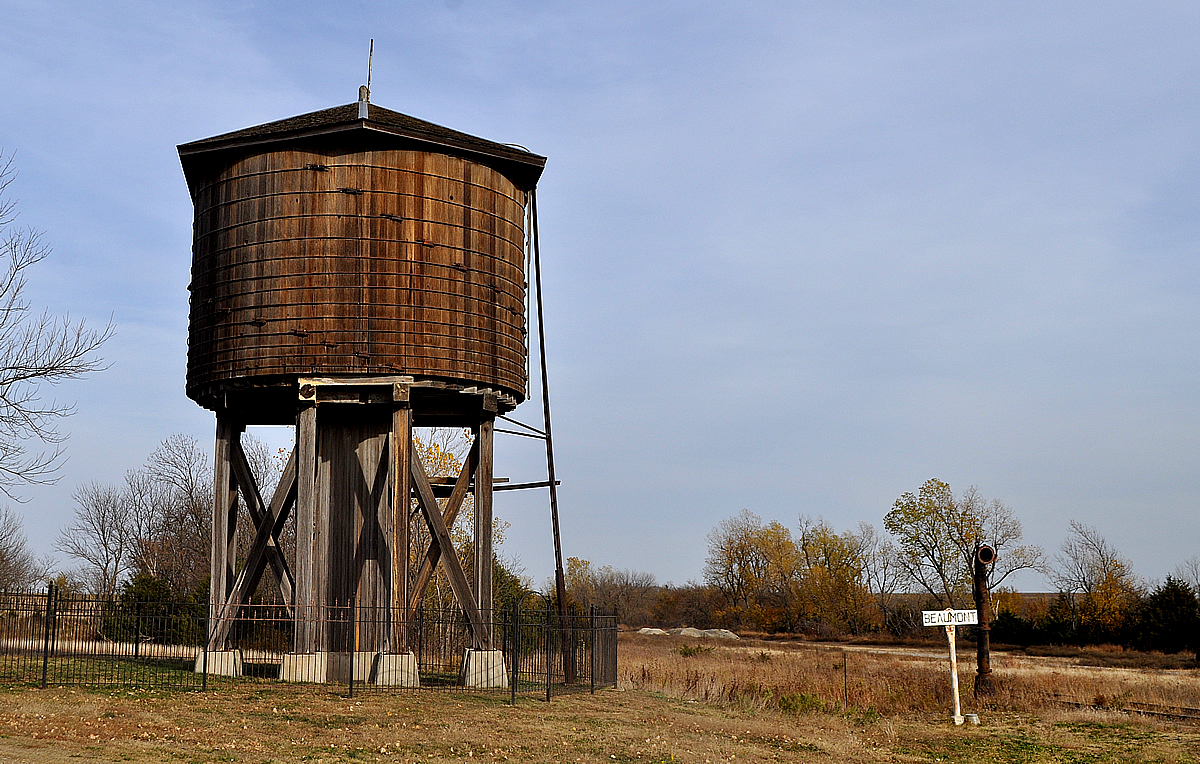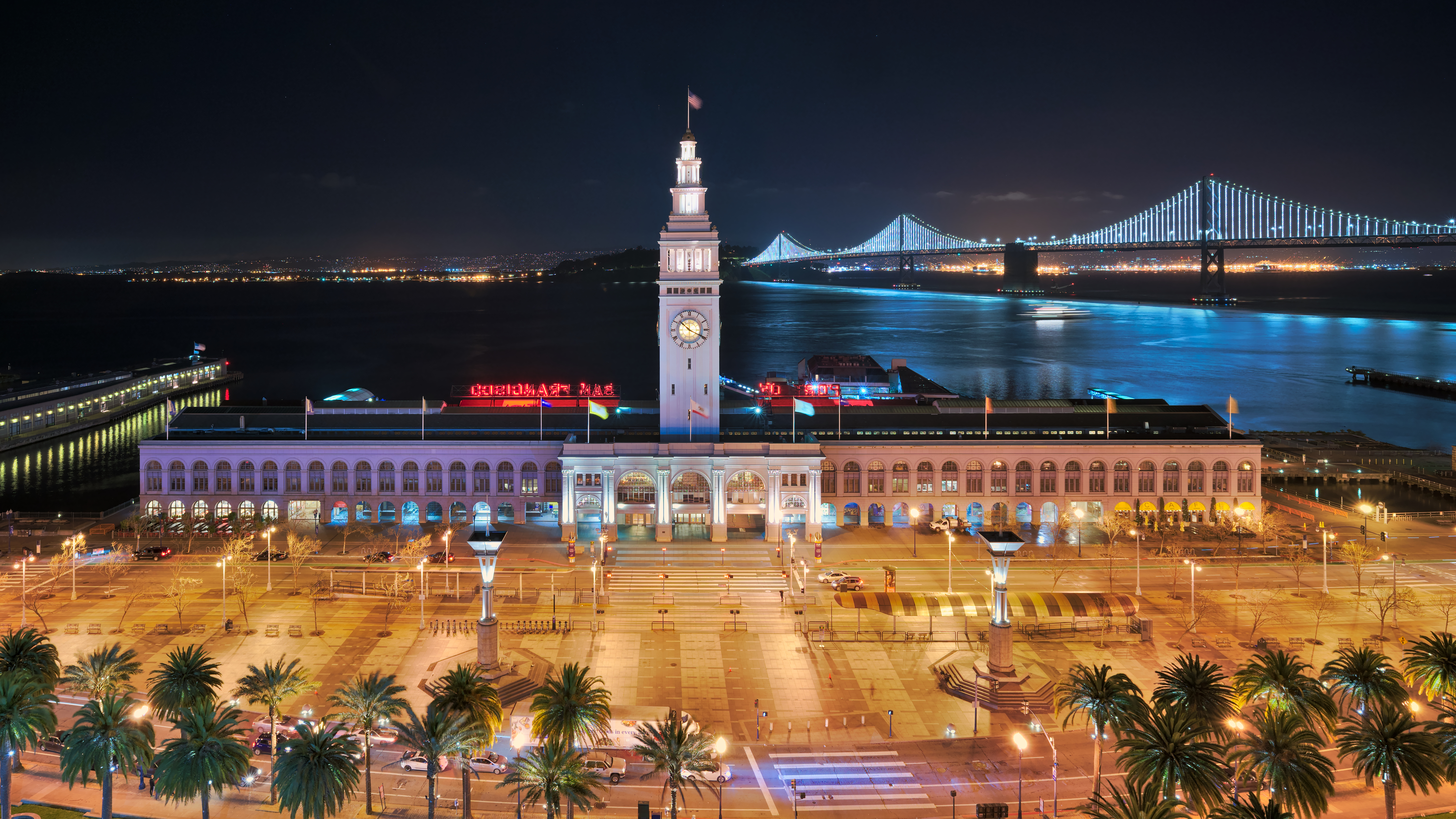|
Trollhättan Water Tower
The Trollhättan Water Tower is a landmark in central Trollhättan in Västergötland, Sweden. It is located next to Drottningtorget ("the Queen's Square") and University College West. The tower was built in 1909 by architect Erik Josephsson at the same year as Olidan Power Station. In 1992 it was converted to a tower of apartments. In total the tower consists of nine one- or two-storey apartments. . November 9, 2004 Notes See also *Water tower
A water tower is an elevated structure supporting a water tank constructed at a height sufficient to pressurize a water distribution system, distribution system for potable water, and to provid ...
[...More Info...] [...Related Items...] OR: [Wikipedia] [Google] [Baidu] |
Landmark
A landmark is a recognizable natural or artificial feature used for navigation, a feature that stands out from its near environment and is often visible from long distances. In modern-day use, the term can also be applied to smaller structures or features that have become local or national symbols. Etymology In Old English, the word ''landmearc'' (from ''land'' + ''mearc'' (mark)) was used to describe a boundary marker, an "object set up to mark the boundaries of a kingdom, estate, etc." Starting around 1560, this interpretation of "landmark" was replaced by a more general one. A landmark became a "conspicuous object in a landscape". A ''landmark'' literally meant a geographic feature used by explorers and others to find their way back to their departure point, or through an area. For example, Table Mountain near Cape Town, South Africa, was used as a landmark to help sailors navigate around the southern tip of Africa during the Age of Exploration. Artificial structures ar ... [...More Info...] [...Related Items...] OR: [Wikipedia] [Google] [Baidu] |
Trollhättan
Trollhättan () is the 23rd-largest city in Sweden, the seat of Trollhättan Municipality, Västra Götaland County. It is situated by Göta älv, near the lake Vänern, and has a population of approximately 50,000 in the city proper. It is located 75 km (46 mi) north of Sweden's second-largest city, Gothenburg. History Trollhättan was granted city rights (which today have no legal effect) in 1916 at which time it had about 15,000 inhabitants, now grown to 59,058. Trollhättan was founded on the river Göta älv, at the Trollhättan Falls. The site was first mentioned in literature from 1413. Trollhättan had a strategic significance on the road between Västergötland and Norway. It was also of a commercial and political significance for shipping to and from Vänern. Utilization of the river falls was the first important business activity in the area. From the Middle Ages milling and sawing operations have been conducted where the city center is now located. Fo ... [...More Info...] [...Related Items...] OR: [Wikipedia] [Google] [Baidu] |
Västergötland
Västergötland (), also known as West Gothland or the Latinized version Westrogothia in older literature, is one of the 25 traditional non-administrative provinces of Sweden (''landskap'' in Swedish), situated in the southwest of Sweden. Västergötland is home to Gothenburg, the second largest city in Sweden, which is situated along a short stretch of the Kattegat strait. The province is bordered by Bohuslän, Dalsland, Värmland, Närke, Östergötland, Småland and Halland, as well as the two largest Swedish lakes Vänern and Vättern. Victoria, Crown Princess of Sweden is Duchess of Västergötland. Administration The provinces of Sweden serve no administrative function. Instead, that function is served by counties of Sweden. From the 17th century up until 31 December 1997, Västergötland was divided into Skaraborg County, Älvsborg County and a minor part of Gothenburg and Bohus County. From 1 January 1998 nearly all of the province is in the newly created Väs ... [...More Info...] [...Related Items...] OR: [Wikipedia] [Google] [Baidu] |
Sweden
Sweden, formally the Kingdom of Sweden, is a Nordic countries, Nordic country located on the Scandinavian Peninsula in Northern Europe. It borders Norway to the west and north, and Finland to the east. At , Sweden is the largest Nordic country by both area and population, and is the List of European countries by area, fifth-largest country in Europe. Its capital and largest city is Stockholm. Sweden has a population of 10.6 million, and a low population density of ; 88% of Swedes reside in urban areas. They are mostly in the central and southern half of the country. Sweden's urban areas together cover 1.5% of its land area. Sweden has a diverse Climate of Sweden, climate owing to the length of the country, which ranges from 55th parallel north, 55°N to 69th parallel north, 69°N. Sweden has been inhabited since Prehistoric Sweden, prehistoric times around 12,000 BC. The inhabitants emerged as the Geats () and Swedes (tribe), Swedes (), who formed part of the sea-faring peopl ... [...More Info...] [...Related Items...] OR: [Wikipedia] [Google] [Baidu] |
University College West
University West () is a university college (''högskola'') located in Trollhättan, in southwestern Sweden. University West was initially called University College of Trollhättan/Uddevalla () and had three campuses, in Trollhättan, Uddevalla and Vänersborg. In 2008 all activities were relocated to new facilities in Trollhättan. University West offers bachelor's (first cycle), master's (second cycle) and doctoral (third cycle) programmes within a variety of fields like IT, economics and management, health studies, education and engineering. In 2020, there were 27 first cycle programmes and 17 second and third cycle programmes. As of 2021, there are 13,000 students enrolled and the university employs more than 700 people, including more than 60 professors. Work-integrated learning in education and research University West implements work-integrated learning (WIL) in its education and research. The university sees both theoretical and practical knowledge as crucial in educa ... [...More Info...] [...Related Items...] OR: [Wikipedia] [Google] [Baidu] |
Olidan Power Station
Olidan Power Station () is a hydroelectric power station located in Trollhättan, Sweden. First opened in 1910, it was the first large scale attempt at generating electricity from water in Sweden. The construction of Olidan led to the founding of the ''Kungliga Vattenfallsstyrelsen'' (Royal Waterfall Board), which later became Vattenfall. While the first four turbines were put into service in 1910, construction continued, and another four were put into operation by 1914. Due to increasing demand, as well as increasing capacity due to the regulation of Göta älv The (; "River of (the) Geats") is a river that drains lake Vänern into the Kattegat, at the city of Gothenburg, on the western coast of Sweden. It was formed at the end of the last glaciation, as an outflow channel from the Baltic Ice Lake to ..., another five were then built. By 1921, Olidan carried a total of 13 turbines. 10 of these are still functioning, while the other three were cannibalized for parts. Howeve ... [...More Info...] [...Related Items...] OR: [Wikipedia] [Google] [Baidu] |
Water Tower
A water tower is an elevated structure supporting a water tank constructed at a height sufficient to pressurize a water distribution system, distribution system for potable water, and to provide emergency storage for fire protection. Water towers often operate in conjunction with underground or surface service reservoirs, which store treated water close to where it will be used. Other types of water towers may only store raw (non-potable) water for fire protection or industrial purposes, and may not necessarily be connected to a public water supply. Water towers are able to supply water even during power outages, because they rely on hydrostatic pressure produced by elevation of water (due to gravity) to push the water into domestic and industrial water distribution systems; however, they cannot supply the water for a long time without power, because a pump is typically required to refill the tower. A water tower also serves as a reservoir to help with water needs during peak us ... [...More Info...] [...Related Items...] OR: [Wikipedia] [Google] [Baidu] |
Water Towers In Sweden
Water is an inorganic compound with the chemical formula . It is a transparent, tasteless, odorless, and Color of water, nearly colorless chemical substance. It is the main constituent of Earth's hydrosphere and the fluids of all known living organisms (in which it acts as a solvent). It is vital for all known forms of life, despite not providing food energy or organic micronutrients. Its chemical formula, , indicates that each of its molecules contains one oxygen and two hydrogen atoms, connected by covalent bonds. The hydrogen atoms are attached to the oxygen atom at an angle of 104.45°. In liquid form, is also called "water" at standard temperature and pressure. Because Earth's environment is relatively close to water's triple point, water exists on Earth as a solid, a liquid, and a gas. It forms precipitation in the form of rain and aerosols in the form of fog. Clouds consist of suspended droplets of water and ice, its solid state. When finely divided, crystalline ice ... [...More Info...] [...Related Items...] OR: [Wikipedia] [Google] [Baidu] |
Towers Completed In 1909
A tower is a tall structure, taller than it is wide, often by a significant factor. Towers are distinguished from masts by their lack of guy-wires and are therefore, along with tall buildings, self-supporting structures. Towers are specifically distinguished from buildings in that they are built not to be habitable but to serve other functions using the height of the tower. For example, the height of a clock tower improves the visibility of the clock, and the height of a tower in a fortified building such as a castle increases the visibility of the surroundings for defensive purposes. Towers may also be built for observation, leisure, or telecommunication purposes. A tower can stand alone or be supported by adjacent buildings, or it may be a feature on top of a larger structure or building. Etymology Old English ''torr'' is from Latin ''turris'' via Old French ''tor''. The Latin term together with Greek τύρσις was loaned from a pre-Indo-European Mediterranean language, ... [...More Info...] [...Related Items...] OR: [Wikipedia] [Google] [Baidu] |
Listed Buildings In Sweden
A listed building in Sweden () enjoys the strongest law, legal cultural and historical protection available. Listed buildings range widely from Middle Ages, Medieval castles to a Movie theater, cinema from the 1950s. The listing is not restricted to buildings per se; parks, gardens or other sites of cultural or historical significance are also protected by law. Listed buildings recount the passage of history and how Swedish society has changed over time. More than 2,000 buildings and sites have been protected as listed buildings in Sweden. The purpose of listing buildings and environments is to protect traces of history that have had great significance for the understanding of today's society and to guarantee people's access to the Swedish cultural heritage. To protect the cultural and historical value of the buildings, Swedish law provides protective measures to be taken for each such listed building or site. There are two kinds of listed buildings: individual and government. ... [...More Info...] [...Related Items...] OR: [Wikipedia] [Google] [Baidu] |
Infrastructure Completed In 1909
Infrastructure is the set of facilities and systems that serve a country, city, or other area, and encompasses the services and facilities necessary for its economy, households and firms to function. Infrastructure is composed of public and private physical structures such as roads, railways, bridges, airports, public transit systems, tunnels, water supply, sewers, electrical grids, and telecommunications (including Internet connectivity and broadband access). In general, infrastructure has been defined as "the physical components of interrelated systems providing commodities and services essential to enable, sustain, or enhance societal living conditions" and maintain the surrounding environment. Especially in light of the massive societal transformations needed to mitigate and adapt to climate change, contemporary infrastructure conversations frequently focus on sustainable development and green infrastructure. Acknowledging this importance, the international community has ... [...More Info...] [...Related Items...] OR: [Wikipedia] [Google] [Baidu] |




